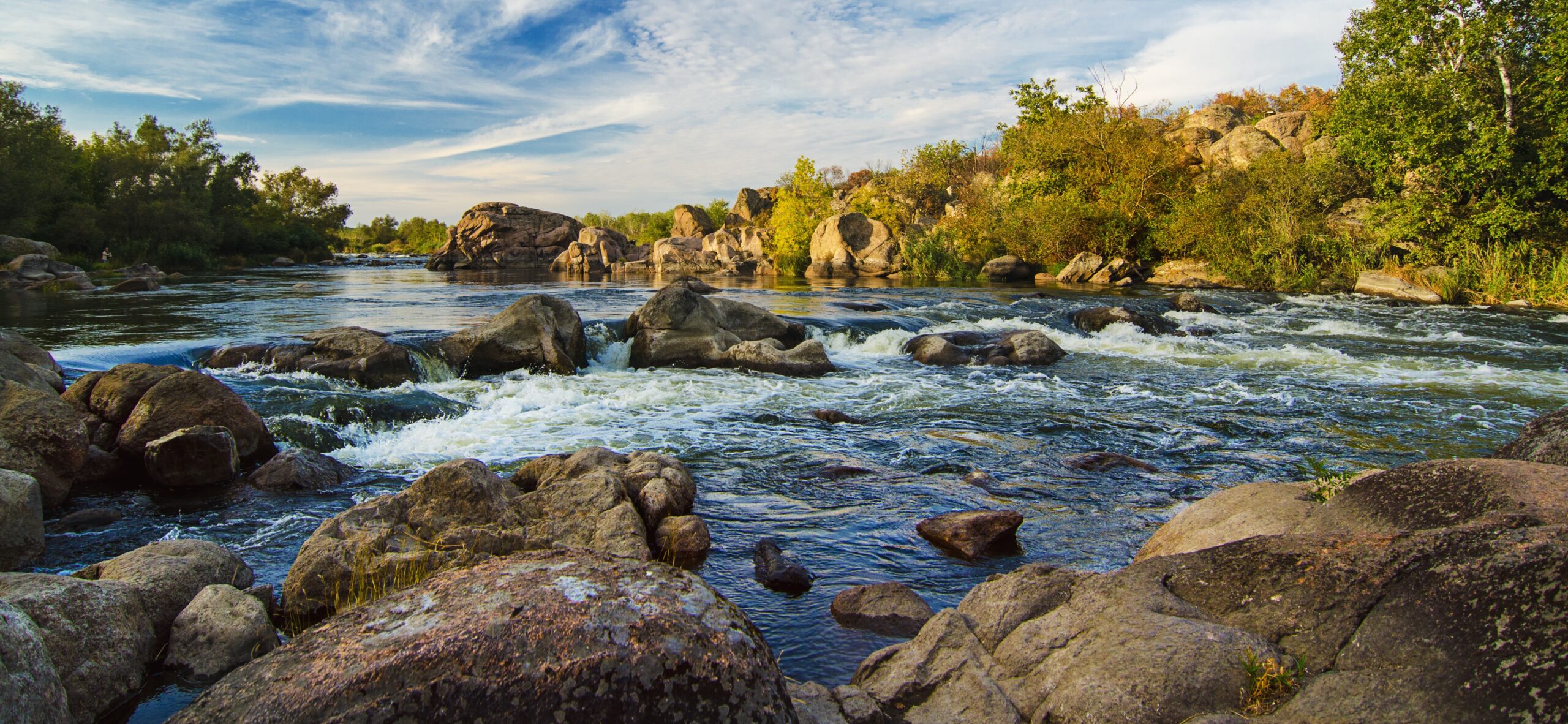
Other
Lessons Learned in Crafting Endangered Species Policy
Overview
With one-third of our nation’s wildlife at risk of extinction, and nearly every American county containing threatened or endangered species of plants or animals, state legislators have been looking at ways to protect these species and stem the tide of extinctions. This report contains the lessons learned by state legislators across the country who have worked tirelessly to craft and pass legislation to help secure our country’s invaluable wildlife resources.
Based on the authority provided by Section 6 of the federal Endangered Species Act (ESA), 47 states and Puerto Rico currently have their own version of the ESA. These state endangered species acts or laws (SESAs) resemble the federal ESA, yet they vary from each other in response to local contexts.
Methods
In 2022, NCEL published A Natural Legacy for the Future, a report that analyzes State ESAs, assesses how they function in practice, and maps pathways forward for more effective endangered species policy. A 2024 update to this report clarified how each state defines wildlife and added recent legislative changes to state endangered species policy.
In the fall of 2024, NCEL interviewed 12 legislators from 11 states (CA, CO, HI, IA, MD, ME, MI, NH, PA, VT, WA) to glean best practices and common obstacles when sponsoring endangered species legislation. These legislators’ experiences were all unique in their geographic context, yet NCEL found recurring themes throughout the interviews, explored below. These themes may aid legislators who are considering sponsoring their own endangered species legislation.
Lessons Learned: Key Themes from Pursuing State ESA Legislation
1. Rely on Trusted Resources
NCEL found that legislators’ impetus for sponsoring endangered species bills was often driven by either their state’s Department of Natural Resources or NGOs that had directly brought a concern about the status of threatened and endangered species (T/E species); or having read the NCEL report on state endangered species laws.
- Establishing a Course of Action: Legislators in Colorado, Maryland, and Vermont reported that they relied on NCEL’s “A Natural Legacy for the Future” report to identify existing gaps in their states’ endangered species protections and sponsored bills in each state to bolster their state’s acts.
- Partnerships: Washington’s Sen. Shewmake was worried about some of the unintended consequences of Northern Spotted Owl protections and worked closely with Conservation Northwest to pass a bill that would bolster protections for the Northern Spotted Owl while providing relief to private landowners.
- Finding Practical Solutions: Hawaii’s Department of Land and Natural Resources suggested that a conservation mitigation bank could make endangered species protection more palatable and flexible for landowners, resulting in more practical conservation efforts.
2. Relationships are Key
The legislators we interviewed emphasized that either their personal or the overall legislature’s relationship with the state natural resources agency was key to making inroads and progress with their bills.
- Forming Connections: For Maine’s Rep. James Dill, the former chair of Maine’s Senate Natural Resources Committee, “It’s all about the relationships” when referring to how his bill smoothly passed both legislative chambers. He noted that such a relationship between the “Former chair of Inland Fisheries and Wildlife Committee and The Dept of IFW was instrumental” in creating a positive relationship between the legislature and the Department of Natural Resources. Outreach by agency staff to all legislators further fostered good relations.
- Agency-Legislator Communications: Similar sentiments were expressed by Rep. Karen McCormick from Colorado, who remarked that “communication is key,” as the state’s Department of Natural Resources and Colorado Parks and Wildlife regularly contact Natural Resources Committee members to keep them informed.
- Weekly Meetings: In Iowa, the state’s natural resource agency chiefs make themselves available at the Capitol weekly to assist legislators with fact-finding and to brief them on emerging issues.
3. Bipartisanship and Community Support Are Vital
Legislators also shared that bipartisanship and community support were vital for a bill’s success.
- Bipartisan Collaboration:
- In Washington, Sen. Shewmake worked with colleagues across the aisle to craft a “good small government” bill that supported private landowners while protecting the Northern Spotted Owl.
- Bipartisan support was also prevalent in Maine where the bill passed with unanimous support at the committee and chamber levels, respectively.
- Community Engagement:
- Wide support at the community level was also useful for crafting successful bills, such as in Michigan where conservation groups and the timber industry both supported a bill aimed at protecting the at-risk American Woodcock.
- In Colorado, the Xerces Society for Invertebrate Conservation helped educate lawmakers that HB24-1117 (sponsored by Rep. Karen McCormick) was not meant to increase the regulatory burden, but to streamline existing legislation and make the state law more responsive to real-time monitoring.
- Michigan Senator Cherry remarked that building relationships early on between the various parties can allow for open communication and opportunities to find common ground.
4. Funding is Critical
Unsurprisingly, funding proved to be a main challenge for several states, where proposed legislation can overextend the work of already overworked agencies. Underfunding means that agency staff are often working longer than expected and that new duties, such as declaring critical habitat, can only be accomplished with the appropriation of more funds.
- Federal Funding: Increases to funding could come from the federal Recovering America’s Wildlife Act which would appropriate over $1.3 billion annually to states and Tribes for activities that protect endangered species.
- Amending State Laws: State laws can often be amended at little to no cost. In fact, Maryland’s 2024 legislation’s fiscal note noted no state spending increase as HB 0345 enshrined the agency’s existing work into statute.
- General Fund Appropriations: Some states such as Washington and Colorado have increased their own funding streams for endangered species conservation through General Fund appropriations for species recovery or new funding mechanisms like Colorado’s Species Conservation Trust Fund.
5. State Leadership is More Important Than Ever
As we enter into a new federal administration, many interviewees remarked that they are eager for their states to be leaders of endangered species and biodiversity conservation for the United States. States are often called the “laboratories of change,” and can learn from one another to develop and implement needed changes. Legislators across the country said that the federal government is often too slow to respond to the urgent nature of endangered species work. Such sentiments make it increasingly likely that states will be at the forefront of American endangered and threatened species protection.
- Stronger Protections: Numerous legislators believed that they could establish safeguards that would grant stronger protections than federal law if necessary. For example, Colorado’s state agency officials conducted monitoring for the narrow-leaf evening primrose, a plant petitioned for federal listing in 2010 due to excessive cattle grazing. Yet the state’s monitoring found populations inaccessible to cattle which helped avoid the need for the primrose to be federally listed. This enabled resources to be reallocated elsewhere and showcased the leadership of state-level endangered species efforts.
- Cross-State Collaboration: Maryland Delegate Palakovich Carr emphasized the importance of looking to other states for policy options. Policy alignment can enable enhanced cooperation between states, allowing for unprecedented regional conservation initiatives to be launched.
- High-Impact Local Solutions: Iowa Rep. Isenhart believes that initiating a dialogue on endangered species in the legislature can even allow for conservation action to occur at more local levels by showcasing conservation threats and solutions to cities and counties.

Empower State Environmental Champions
Your donation funds the fight for equitable actions that protect the environment and our health.
Donate